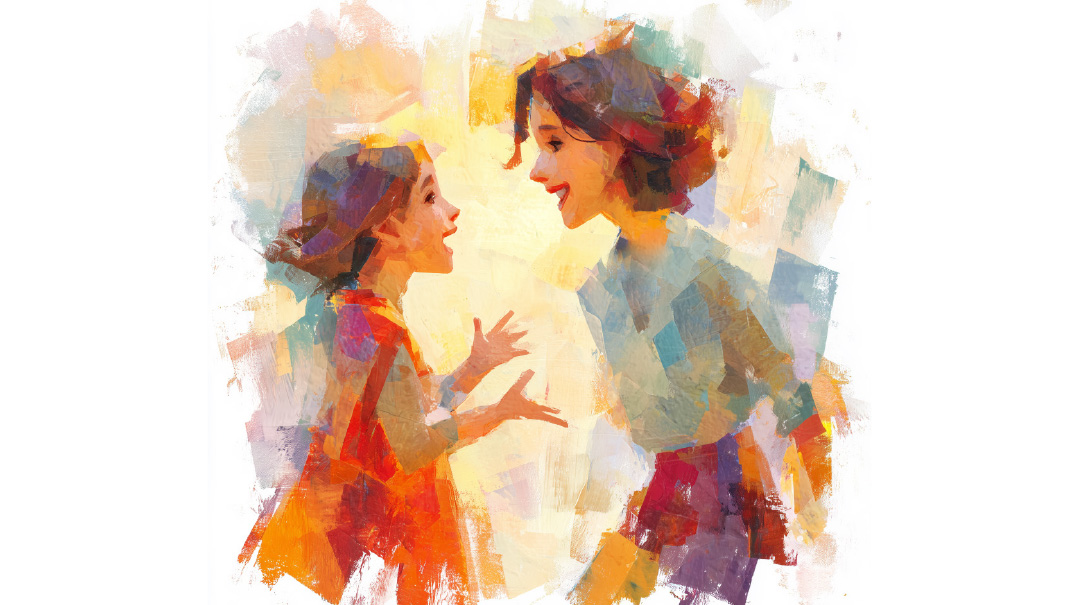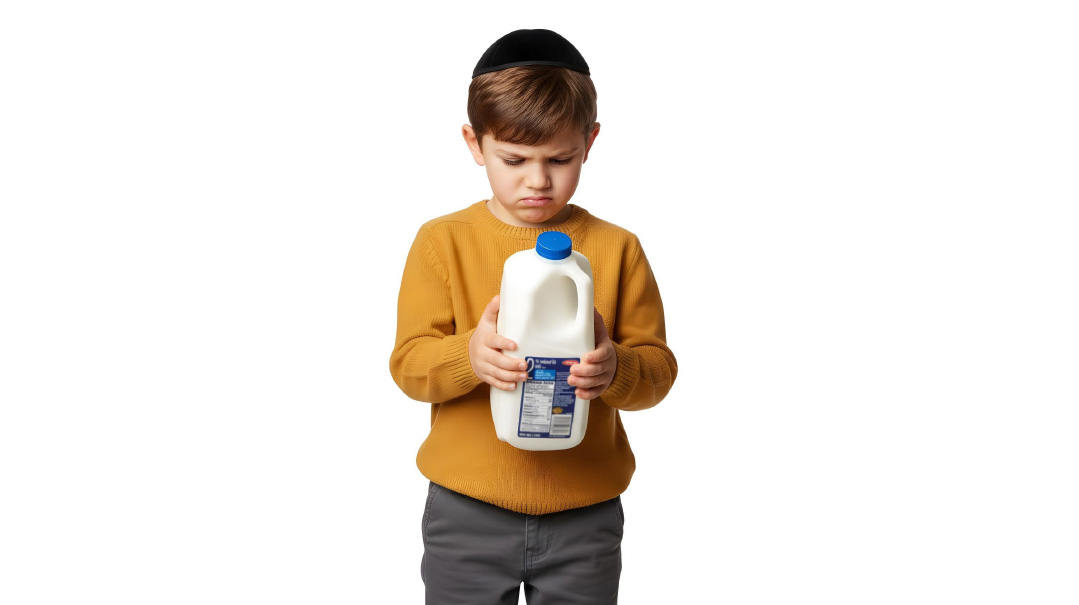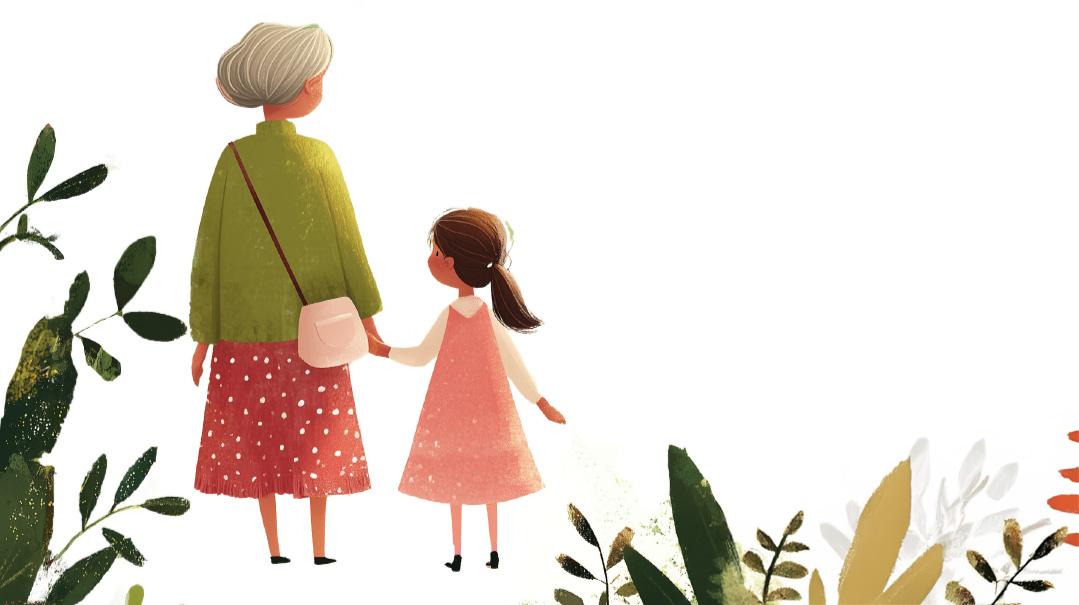Belarus Diary
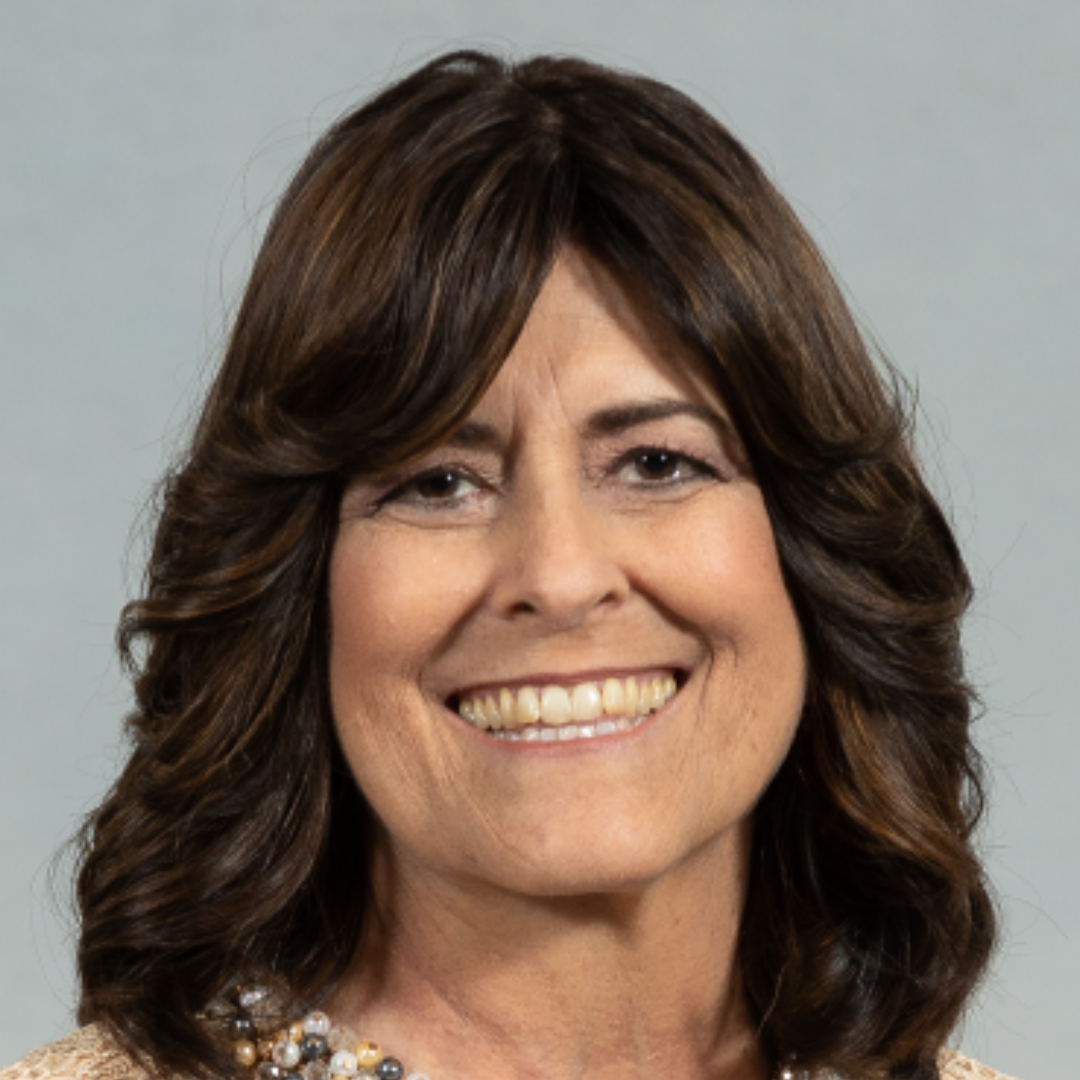
Finding past history and present connection in Pinsk
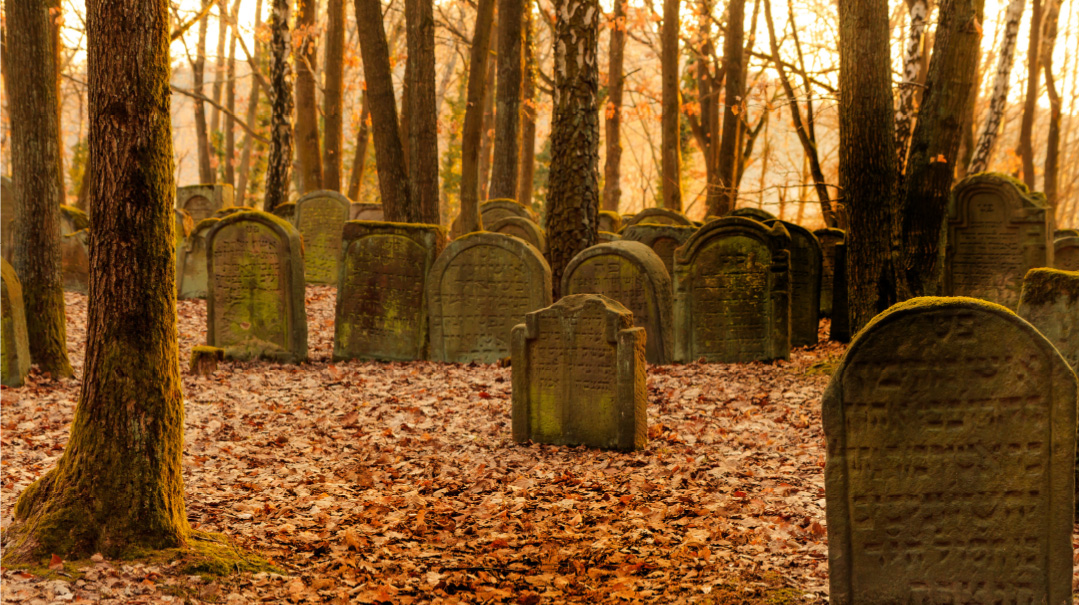
Pitch-black. That’s all we can see when we get out of the van. The driver leaves the headlights on, but once we walk beyond the lights' beams, we are enveloped in darkness again.
I grab Masha’s arm, and we gingerly begin to pad through the wet grass. We pass a stone, crookedly planted into the ground, and shine a phone light on it. Yes, there is a Magen David on it. We are in the Jewish cemetery.
We walk further into the darkness, using the thin white light of the phone as our guide. Finally, we see the outline of a hut. The sign on the outside confirms it: We have arrived at the grave of the holy Chofetz Chaim.
Rav Yisrael Meir Kagan, the greatest rabbi of first part of the 20th century — how could I leave Belarus without davening at his grave?
Eight years ago, my daughter Chana flew from Israel to Belarus to serve as a counselor for a year in the girls’ Jewish school in the city of Pinsk. She loved it so much that she regularly returned to spend the holidays there. She ended up marrying a boy who had learned at a yeshivah in Odessa. He was comfortable both with the Russian language and with working closely with Jews who didn’t know much about their heritage. My daughter and her husband were asked to take up residence in the girls’ school. She now serves as the housemother, and her husband teaches at the boys’ school and learns in the kollel.
I was planning a trip to visit Chana and spend time with my granddaughter, but then Russia invaded Ukraine. Suddenly, Belarus became a country stuck between the two warring nations. It seemed dangerously out of reach.
“Come back to Israel,” I told Chana daily. “It’s too dangerous there.” I had horrible visions of the Jews who were left in Europe before World War II.
Then came the attacks in Israel — first in Bnei Brak, then Elad. “Ima, it’s dangerous in Israel, too,” my daughter said. “Come visit me in Belarus.”
Life for Jews is precarious everywhere, but the time was finally right to visit my daughter and her family. And Belarus.
Oops! We could not locate your form.

